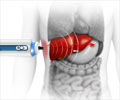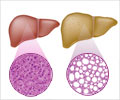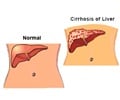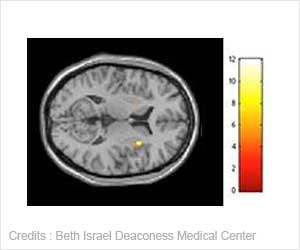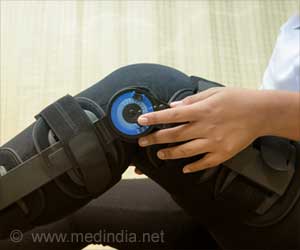Review of medical records of over 100 patients who had a liver scarring condition reveals that those who were losing muscle were likelier to die while waiting for a liver transplant, note researchers.
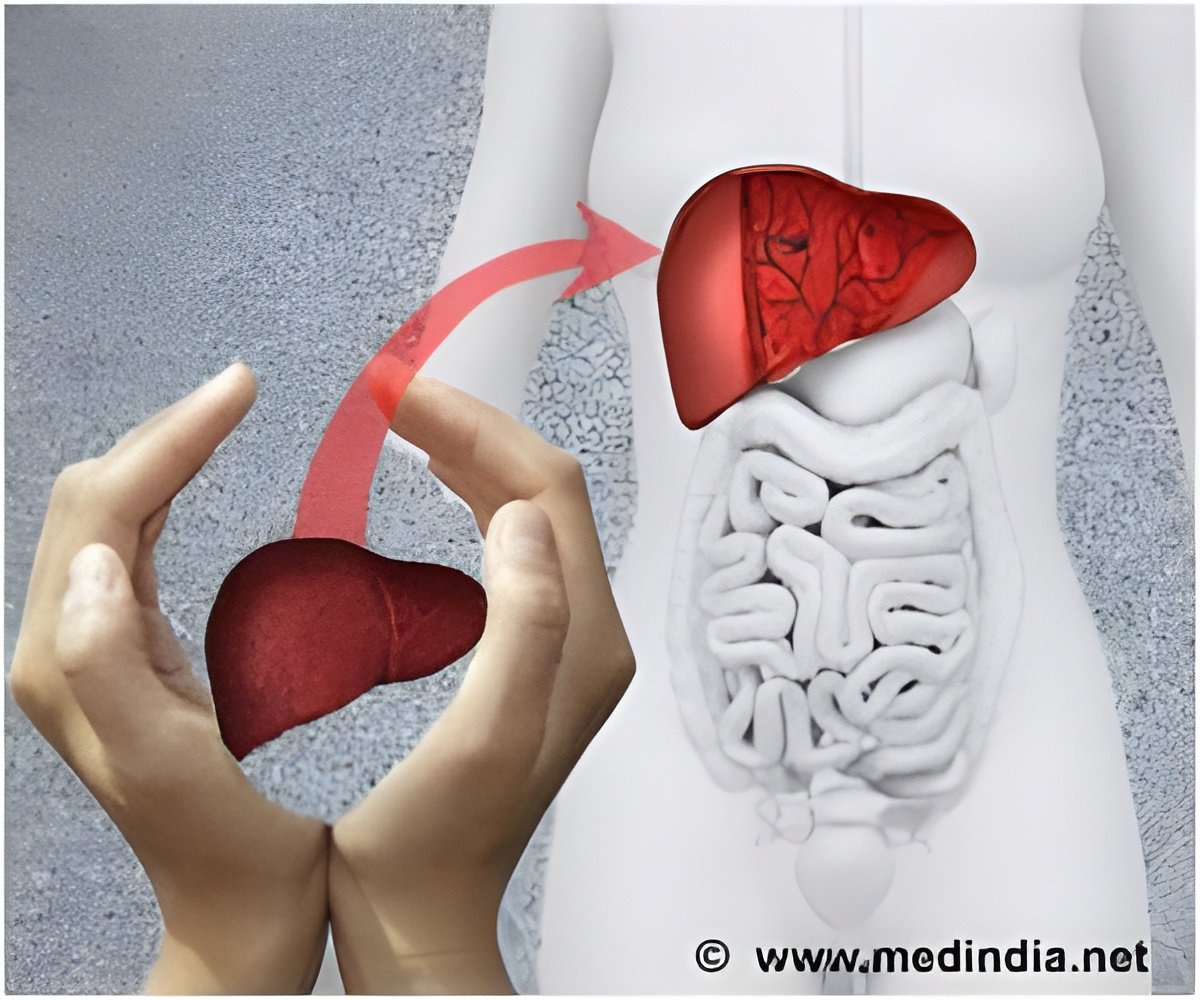
The review conducted by Sawyer and his colleagues was just published in the peer-reviewed journal, Clinical Gastroenterology and Hepatology, in the United States. An editorial about this research was also published in the February issue of the journal.
Sawyer and his team studied 112 patients with cirrhosis who were awaiting liver transplants at the University of Alberta Hospital and discovered 40 per cent of them had muscle wasting or low muscle mass. Cirrhosis is the final phase of chronic liver diseases, characterized by scarring of the liver and poor liver function. Those with low muscle mass lived for about 19 months if they couldn't get a transplant, while those with normal muscle mass lived for about 34 months without a liver transplant.
"Patients with cirrhosis who have low muscle mass are actually more sick than what current scoring systems are telling us and many of them die while waiting on the liver transplant lists," says Sawyer.
"Patients with low muscle mass will get put on the list thinking they can wait for around three years, but really they can only wait for about one-and-a-half years.
"Those in the medical field have been looking for better methods to assess patients with cirrhosis and this may be that missing piece to the puzzle. If we can combine this measure of muscle mass with the current scoring system, it will provide a better way of predicting survival rates of patients awaiting liver transplants."
"Dr. Sawyer's research is an example of how new knowledge and the understanding of disease is vital to advancing clinical care," says Myka Osinchuk, CEO of the Alberta Cancer Foundation. "It is gratifying to know that Dr. Sawyer and his team have taken this research to another, unexpected level and are challenging the medical field to a new way of thinking."
Sawyer is hopeful this additional way of assessing cirrhosis patients awaiting transplants will be incorporated into medical practice within the next three to four years.
Source-Eurekalert
 MEDINDIA
MEDINDIA
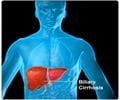
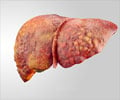
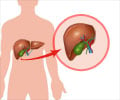

 Email
Email


